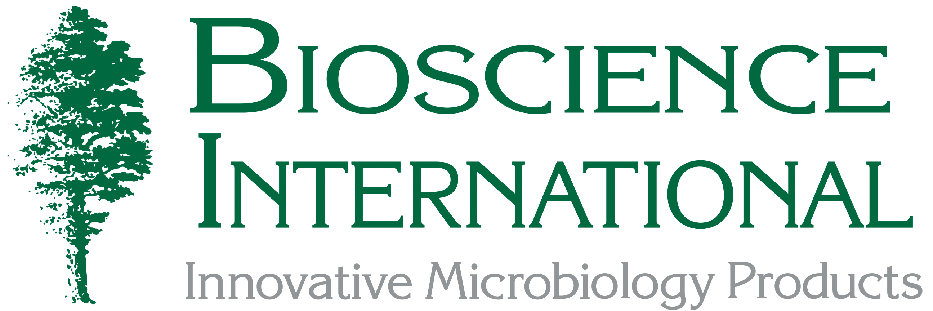"During the past few years, many of the world’s best known organizations from Bausch & Lomb to Walter Reed have switched to SAS for four principal reasons: to be free of single-source media, to reduce false positives caused by excessive media manipulation, to reduce media and labor cost and to upgrade to a more rugged reference air sampler.”
Click here for more information on the SAS air sampler.
![]()
![]()
Who Changed to SAS – And Why
Microbiologists today look at the total long-term cost of their investment in an air sampler when upgrading to a reference sampler like SAS. The cost savings and method improvement must be substantial to justify a switch.
During the past few years, many of the world’s best known organizations from Bausch & Lomb to Walter Reed have switched to SAS for four principal reasons: to be free of single-source media, to reduce false positives caused by excessive media manipulation, to reduce media and labor cost and to upgrade to a more rugged reference air sampler.
Elimination of dependence on a proprietary media was a high priority. “The main reason we switched to the SAS was to get away from proprietary media. I always had the fear that if they had a production problem, we had no place to go.
The beauty of the SAS is that you use a standard contact plate,” said Arnoldo Rodriquez, Microbiology Supervisor, Bausch & Lomb. “We use contact plates for both surface and air. The benefit for us to switch to contact plates and SAS is we now have one less type of media.” said Seamus Brosnan, Microbiology Supervisor in Quality Control, Schering Plough.
Substantially minimizing contamination and false positives were equally critical concerns. “Because there is less manipulation required to insert a standard contact plate as opposed to threading a media strip, you reduce the potential of contamination and the chance of having a false positive,” Brosnan said. Bruce Goodwin, Senior Quality Control Research Associate, Walter Reed Army Institute of Research, said “Using Rodac plates is really convenient.
Threading six-inch long agar strips through a rotor head, always presented contamination problems. Sometimes you would touch the media, then have to get a new strip and start over again.” Rodriquez said, “When you feed the strip into the rotor head, the strip can bend, blocks of media would come off the strip.
With the contact plate, you simply take off the head and slip in the plate.” Switching to non-proprietary contact plates cuts material costs as well. At Bausch & Lomb, where media costs were cut by more than half after having upgraded to SAS, Ursula Bischof, Project Engineer, said “The tremendous cost savings were the initial goal that brought us to switch to the SAS.” Goodwin said, “We already order tons of contact plates for surface sampling, so we can gain volume prices with contact plates which are already much cheaper than proprietary strips. Now, we don’t have two types of media to order and worry about expirations.” One-step plate insertion with SAS reduces sampling time and labor cost.
“With SAS, placing the contact plate in the head is one step instead of the two needed with a media strip. To insert the strip, you have to remove the regular head plus the rotor head to thread the rotor. If you leave the rotor head on, it is even harder to thread the strip,” Goodwin said. SAS also provided labor savings by reducing sampling time.
Users, such as Valerie Ostrander, Senior Microbiologist at Alza, cut sampling time in half with SAS’s faster flow rate.
Having been validated in the field since 1982, SAS is referenced in the ACGIH guidelines and the USP Section 1116. Even with significant savings in both sampling time and cost of media, Ostrander said the “main reason we switched was the greater accuracy and collection efficiency we expected and achieved with the SAS.”
Editor’s Note: A December 2000 AIHA article by Drs. Pierson and Mehta, NASA and Dr. Stetzenbach, University of Nevada, “Evaluation of Portable Air Samplers For Monitoring Airborne Culturable Bacteria” underscores why many of the companies above chose SAS and is available upon request.
From Bioscience World, Autumn 2001
![]()
For More Information Contact:
Bioscience International
11333 Woodglen Drive
Rockville MD 20852
Tel: 301-231-7400
Fax: 301-231-7277
Internet: BioInfo@Biosci-Intl.com
